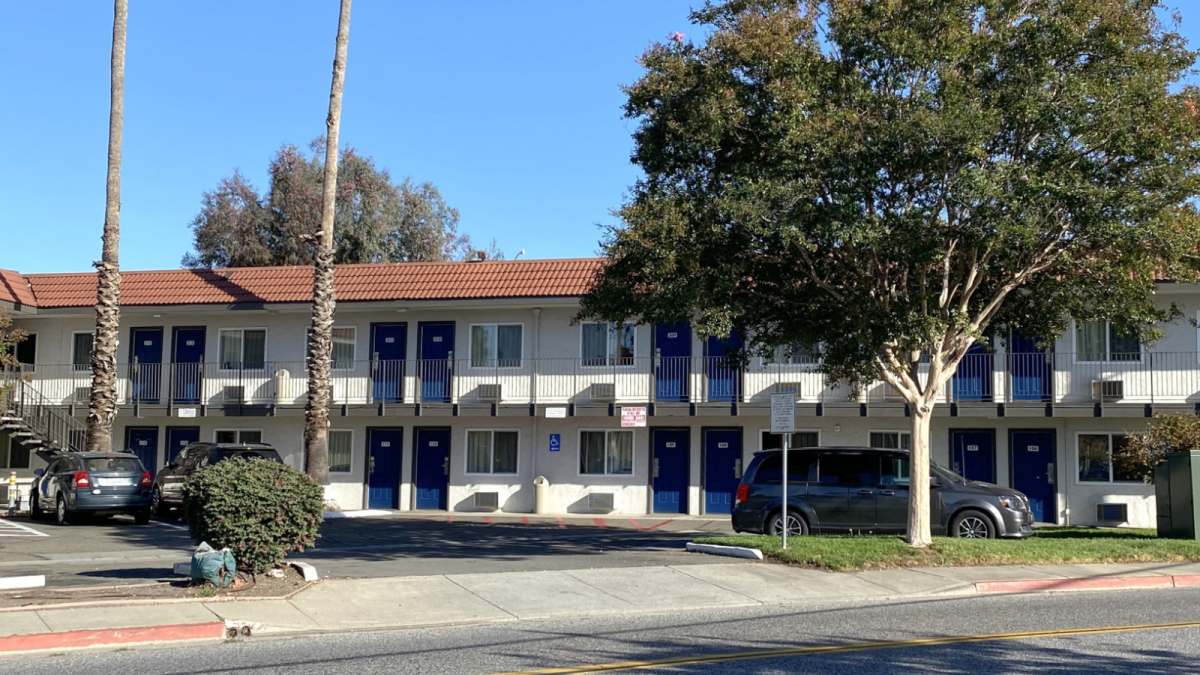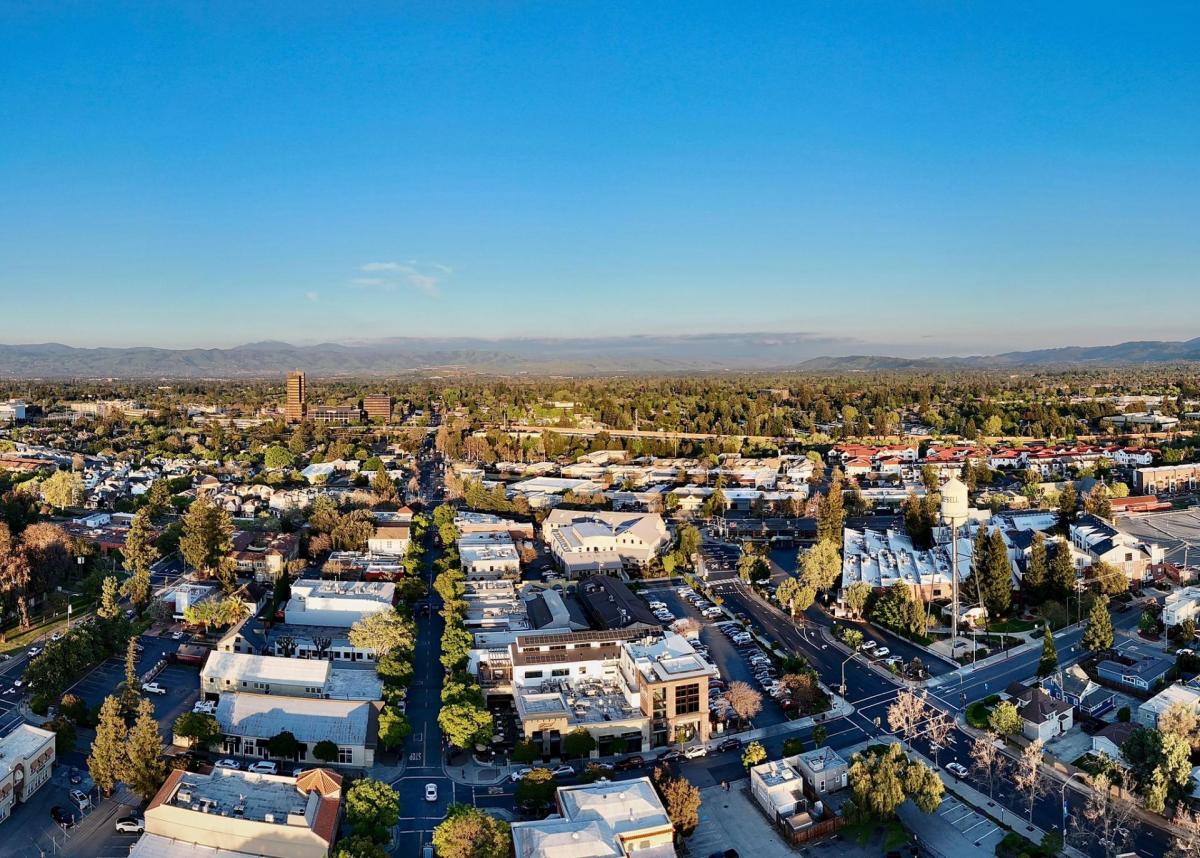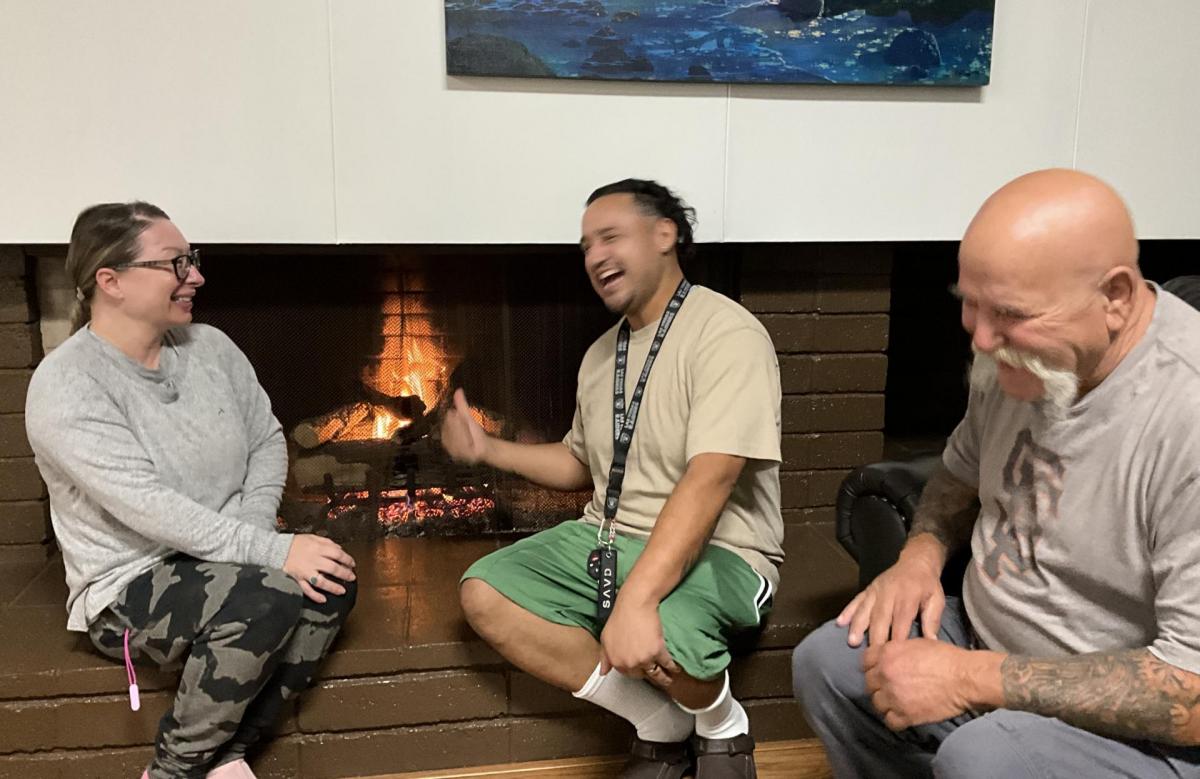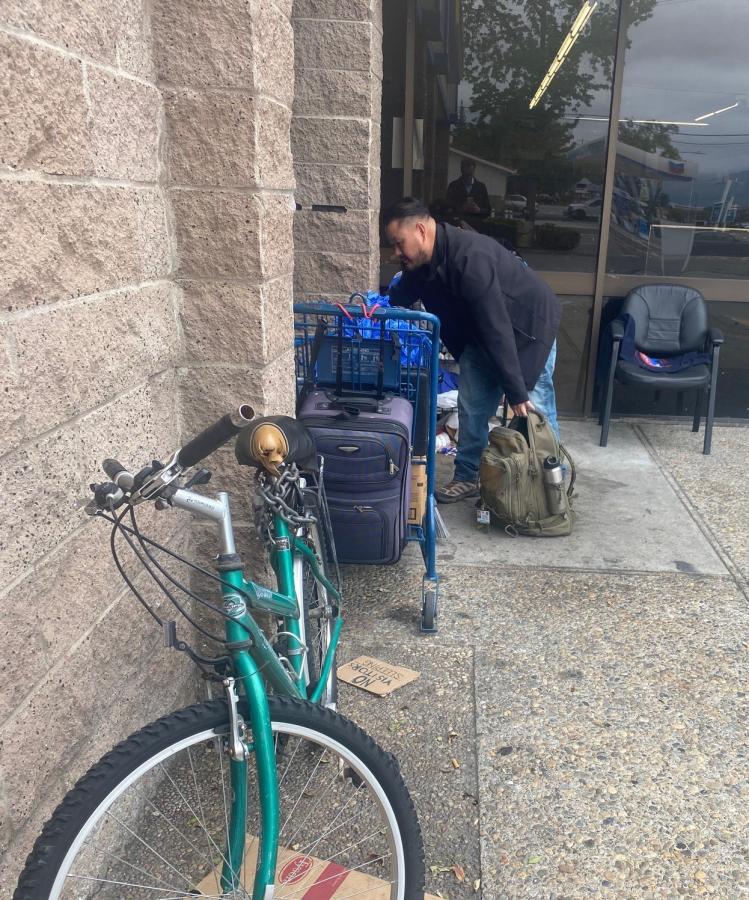Campbell’s motel voucher programs could be the first step in regional homelessness plan
Jackie Krentzman is a Bay Area-based writer and editor.
For several years, Kristina Scarola has been living on street corners and in public parks. And every night, she worries about criminal activity and the constant blare of police sirens.
When storms hit last winter, the local nonprofit Silicon Valley Independent Living Center (SVILC) referred her to a new motel voucher program run by the city of Campbell.
Those few days of temporary shelter in a private hotel room could be the key to getting her into permanent housing.
“I was so grateful,” says Scarola. “The storm was so bad, I lost most of my stuff, everything except what was in my backpack. Having a few days to regroup in a clean room with a private bath and a bed was a big deal for me.”
A focus on immediate needs
Campbell, a city of over 43,000 surrounded on three sides by San José, is not your typical Silicon Valley community. While much of the economy of the area is driven by tech, Campbell is a service industry economy, anchored by a charming downtown, a popular regional farmers market, the Pruneyard Shopping Center, and a host of smaller businesses.
“Over the past few years, Campbell has renewed its focus on fostering a small-town feel where businesses and people innovate and thrive,” says Community Development Director Rob Eastwood.
Like many cities, Campbell has directed a great deal of resources, including federal and nonprofit grant funding, into reducing homelessness. (Different surveys put the number of unhoused residents somewhere between 90 and 200 in recent years.) Given the prohibitive cost of constructing supportive housing, the city has decided to focus on residents’ immediate needs.
First launched in February, the Campbell Emergency Motel Service Program provides up to five days of lodging during inclement weather. Recipients like Scarola can escape the rain and flooded streets and receive hot meals and support services from SVILC. The program served 12 people with a combined 57 motel stays in the first half of the project’s first year.
The city is planning on launching the next phase, the Motel Voucher for the Unhoused Program, once it fills a vacant unhoused specialist position. It will provide up to a 29-day motel stay for chronically homeless residents, including disabled and older adults, those with chronic health conditions, veterans, and people fleeing domestic violence. According to SVILC Executive Director Sheri Burns, very few emergency shelters are accessible for people with this range of needs.
Recipients will also receive case management, mental health support, referrals to substance use programs, food, bus passes, and short-term caregiving. The city is funding the $147,500 program using American Rescue Plan Act (ARPA) funding. It estimates that it could serve up to 900 overnight stays over the two-year course of the program.
“We were so excited to hear that the city wanted to establish its own temporary housing program for residents instead of filtering them through county services,” says Burns. “Kudos to their commitment to make sure their residents are safe and comfortable and on a path to longer-term housing.”
Funding regional action
Campbell is working to find other housing solutions for its residents experiencing homelessness. According to Housing Manager Eloiza Murillo-Garcia, the city partners with a local nonprofit to repair cars and provide gas cards for participants of a rotating safe parking program.
The city is also at the forefront of finding regional solutions to homelessness. Using ARPA dollars, it funded a $100,000 feasibility study for a coalition of the five cities that comprise Santa Clara’s West Valley — Campbell, Saratoga, Los Gatos, Saratoga, and Monte Sereno. The study, due to be completed later this year, evaluates how best to combine resources and leverage economies of scale to add and enhance services for the cities’ unhoused residents.
“We’re not a city with the resources of a San José, or even a Mountain View or a Sunnyvale,” Eastwood says, all three home to major tech companies. “There are no temporary or emergency shelters here beyond the voucher program. If you’re unhoused in this area, you have to get referred to San José or somewhere else, out of the immediate region.
“We recognized that if we want to accomplish a lot, we couldn’t finance it alone. So, we proposed this collaboration to the other cities.”
While this feasibility study is in process, collaboration has already begun. For example, the group sponsored a housing fair with regional service providers on housing resources. The collaboration has met with potential affordable housing developers to understand their needs and to assure them that the cities welcome affordable housing developers.
“Long term, the city’s goal is that our neighbors who are served by the motel voucher program would be launched on a path to greater stability and secure, permanent housing,” says Mayor Sergio Lopez.
In the meantime, Scarola is applying for housing with the Santa Clara County Office of Supportive Housing.
“I am hoping that I can get into temporary housing, then move onto permanent housing, so I can have my 12-year-old daughter with me,” she says. “I feel that now I am connected to [SVILC] and the city with the voucher program, that can jumpstart me onto a better path.”




